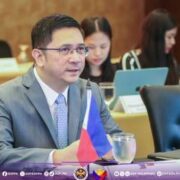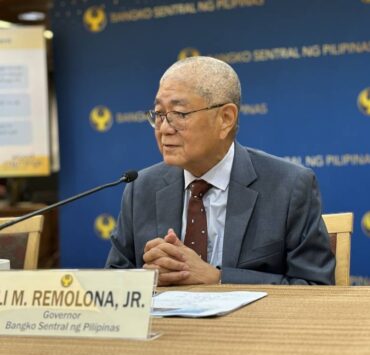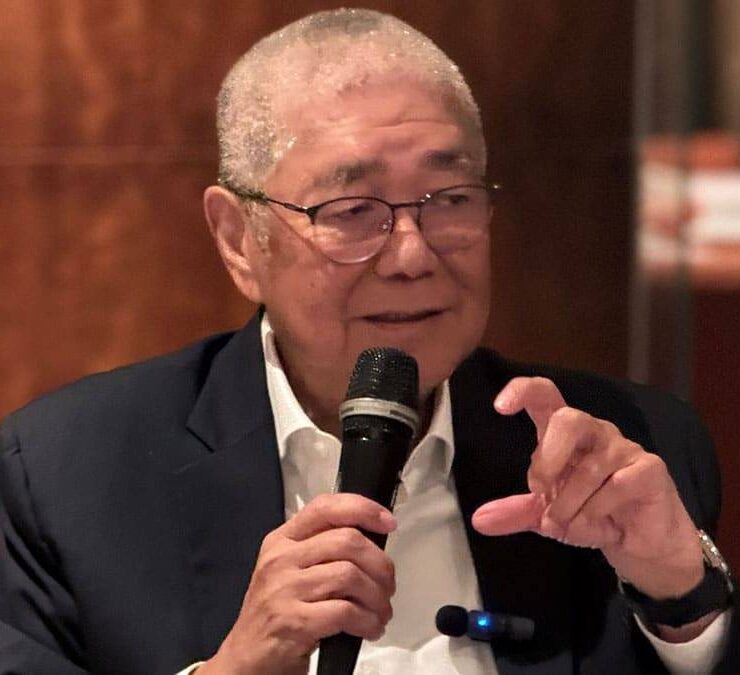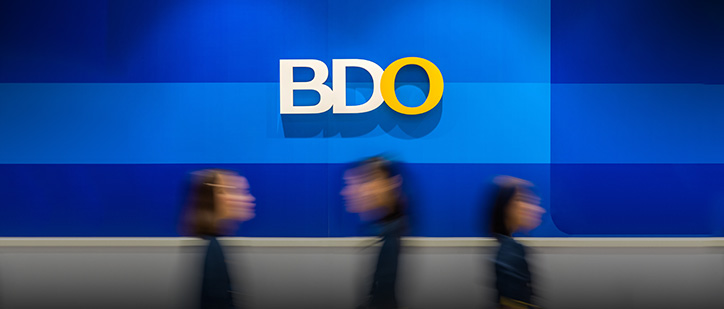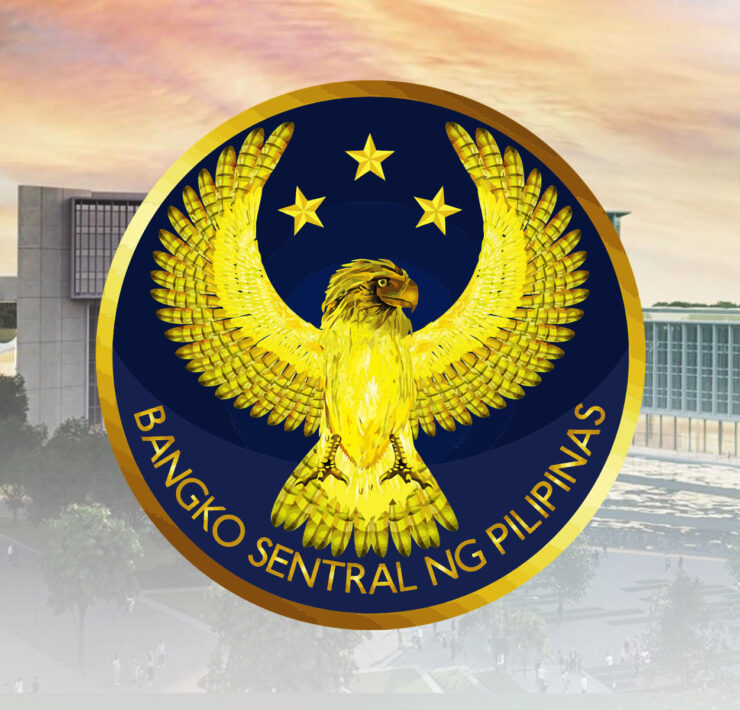50.4% of Pinoys ride financial inclusion
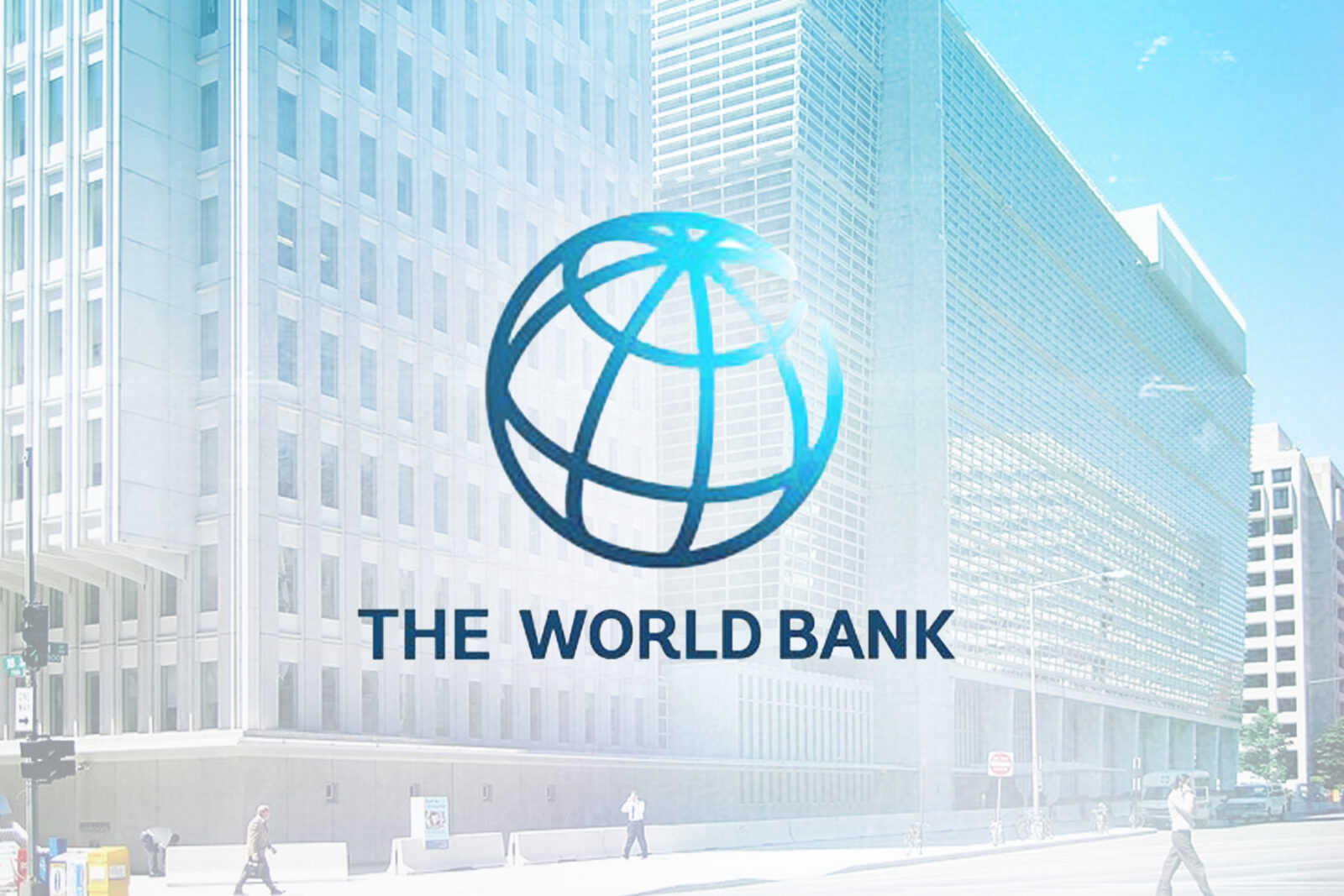
The proportion of Filipinos with financial accounts slightly fell in 2024 compared with three years ago, the World Bank (WB) Group reported, highlighting the challenges of onboarding the rest of the population to the formal financial system.
In its Global Findex 2025 report, the Washington-based institution found that 50.2 percent of Filipinos aged 15 years old and above owned an account with banks and other regulated entities such as credit union, microfinance institution or a mobile money service provider.
This was 1.2 percentage point lower compared with the previous share of 51.4 percent back in 2021—the last time that the WB Group published its triennial report.
The latest data on financial account ownership in the Philippines were based on the results of 1,000 interviews, with a margin of error of 3.5 percent.
As it is, the rate of financial account ownership in the Philippines was lower than the 83.3 percent average for the East Asia & Pacific and 70.4 percent for lower-middle-income economies.
The findings of the WB Group also fell short of the goal of the Bangko Sentral ng Pilipinas to include at least 70 percent of Filipino adults in the formal financial system by 2023.
The BSP has yet to release the results of its latest financial inclusion survey.
Notably, the decline in account ownership happened even as BSP data showed that 57.4 percent of total retail transactions in the country in 2024 were cashless. This surpassed the government’s 2024 goal to convert 52 to 54 percent of retail transactions to digital.
‘Concerning’ decline
John Paolo Rivera, a senior research fellow at state-run think tank Philippine Institute for Development Studies (PIDS), said the dip in financial account ownership was “concerning” as it ran counter to the “digital gains” that the country had seen recently.
“It suggests that economic hardship, job informality and limited digital access in rural areas may have offset earlier progress. The pandemic may have pushed people to open accounts for aid or transactions, but without sustained income or digital literacy, usage and retention likely fell,” Rivera said.
WB Group data showed that among the Filipinos who own accounts, 33.5 percent were maintained with banks “or similar financial institutions.” Meanwhile, 32.7 percent of them were “digitally enabled” accounts, and 28.8 percent were mobile wallets. This is the first time that the report included data on personal mobile phone ownership and internet use.
The report added that 23.9 percent of Filipinos saved money using formal financial accounts in 2024, up from 20.8 percent in 2021. Globally, the WB Group said mobile phone technology played a key role in the increase in formal saving.
“Financial inclusion needs more than just access. It needs meaningful use,” PIDS’ Rivera said.
“The government and private sector must invest in financial education, rural connectivity and trust-building to bring the remaining half of Filipino adults into the system,” he added.












